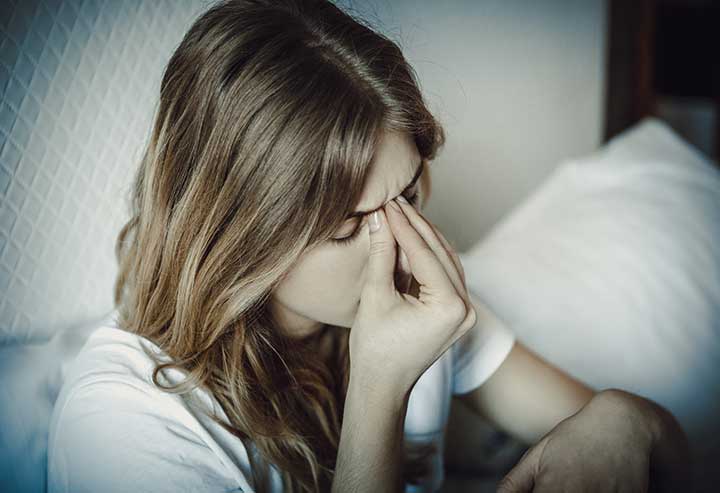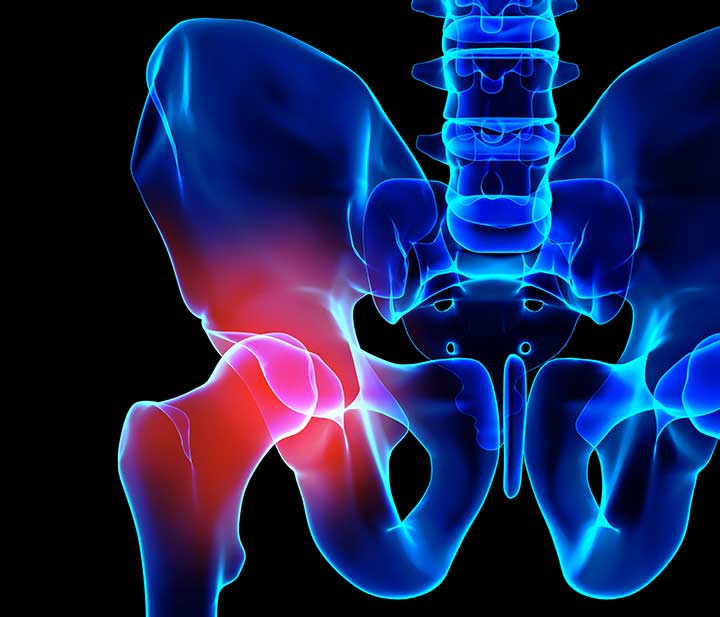Our spine bears quite a bit of wear and tear throughout our life. It helps us move, supports our weight, and helps us stretch and bend. Over time, the spine can become achy if it’s not properly taken care of. At Houston Physicians’ Hospital, we know that no one wants to deal with a stiff, sore spine, so we’ve listed some ways to show your back some love and prevent pain:
- Be Mindful of Posture
How you hold your body while you move (dynamic posture) and while stationary (static posture) is the single most important aspect you can zero-in on to help prevent spine pain. Poor standing posture is a known cause of pain within the back [1]. Proper posture is key to prevent an aching feeling within the muscles that support the spine. Improving posture often requires re-training the body to sit and stand in positions that place the muscles and ligaments under the lowest amount of stress.
For patients who must sit for long periods of time, such as office workers, being mindful of posture is especially important. To help ensure proper posture:
- Change your position every 30 minutes.
- Adjust your chair and desk height so your elbows are on the desk and your shoulders are relaxed.
- Distribute your weight uniformly on both of the hips.
- Sit up with your back straight.
- Keep your feet flat on the floor.
- Reach a Healthy Weight
Weight loss in overweight individuals has many benefits, including assuaging back pain. Overweight people tend to be at a greater risk for joint pain, back pain, and muscle strain, when compared to non-overweight individuals [2]. Excess weight places extra burden on the spine, which may cause pain, misalignment of vertebrae, or even osteoarthritis. Overall, excessive weight induces abnormal joint loads, resulting in changes in the composition, properties, and structure of the articular cartilage [3]. Weight loss dramatically reduces the compressive forces through the load-bearing joints. As a result, it reduces joint pain and improves physical function [3].
- Drink Plenty of Water
While it may sound cliché, drinking plenty of water is extremely important to maintain the fluidity and elasticity of joints. There is a particularly strong relationship between inadequate water intake and intervertebral disc pain. The intervertebral discs act as shock absorbers and protect our back from the damage of daily wear and tear. Enclosed in each disc is a jelly-like substance, which is mainly made of water and collagen fibers. A dehydrated disc loses this jelly-like substance and is not capable of supporting the back. This leads to inflammation, soreness, pain, or even herniated discs. In simple words, the cushioning ability of your spine is greatly dependent on your water intake. Additionally, staying hydrated is especially important for those suffering from any form of arthritis. According to a study, intake of water with increased concentration of molecular hydrogen reduced oxidative stress and caused a significant improvement in the disease activity [4].
While these tips can help prevent back pain, it’s important to seek a medical professional if intense stiffness, soreness, or pain occur along your spine. For the leading spine specialists in the Clear Lake, Texas, area, give Houston Physicians’ Hospital a call at (281) 557-5620 or visit us at https://www.houstonphysicianshospital.com/spine-solutions-center/.
References
[1] https://www.ncbi.nlm.nih.gov/pubmed/30562374
[2] http://www.fitwize4kids.com/fp/marketing/1_Research/Statistics_Trends/AOA_FactSheets.pdf







